Old Town of Lijiang
A charming traditional Chinese town that combines Naxi, Han, Bai and Tibetan influences.

A charming traditional Chinese town that combines Naxi, Han, Bai and Tibetan influences.

A lovely city that illustrates Spanish colonial-era architecture, city planning, and culture.
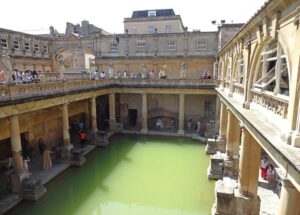
Famous Georgian-period spa town with surviving elements from its Roman-period history as well.
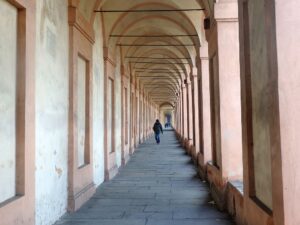
An architectural element that, over centuries, has become an integral part of life in Bologna and around the world.
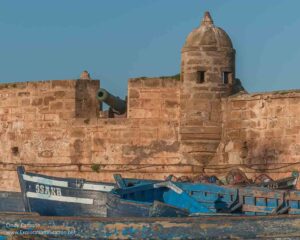
An 18th-century fortified city incorporating both African and European architectural forms.
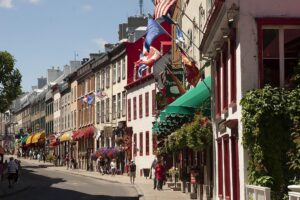
North America’s only fortified colonial city, with an intact core, some of which dates back to the 17th century.
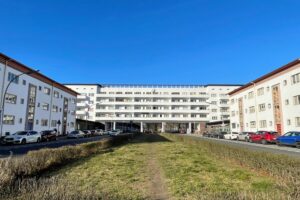
Apartment complexes designed in the early 20th century to improve living conditions for low-income families.
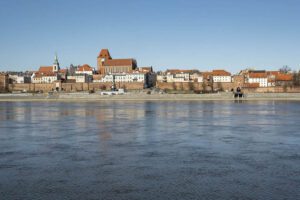
An intact 13th-century Old Town and New Town – the former was a trading hub, the latter a craft center – plus a Teutonic castle ruin.
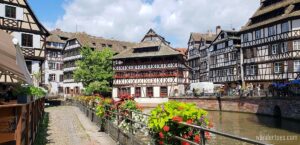
Two districts, one exemplifying medieval cities, the other a model of modern city planning.
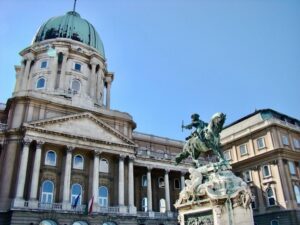
Significant because of its urban landscape and influence on European architecture.
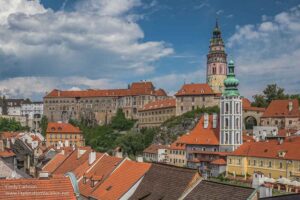
An intact and very charming medieval city surrounding a large 13th-century castle with Gothic, Renaissance and Baroque elements.
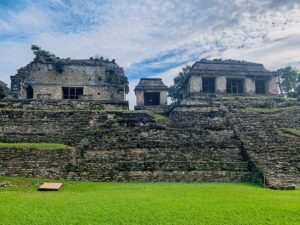
Mayan ruins, outstanding particularly because of their well-preserved architecture and elegant art.
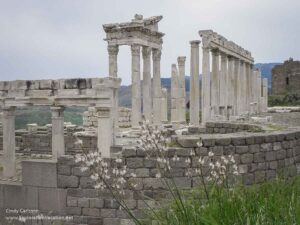
A collection of 9 archeological sites covering several historical periods of an important city’s grand monuments.
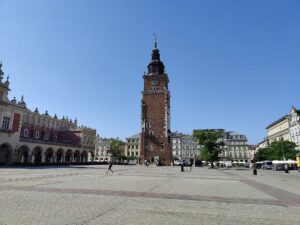
An important market town for hundreds of years and an outstanding example of urban planning, with a range of historical architectural styles.
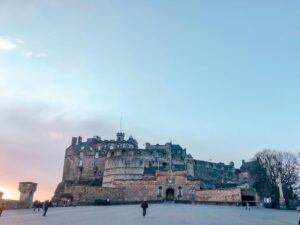
A medieval Old Town and a neoclassical New Town that harmonize beautifully and that influenced European urban planning.
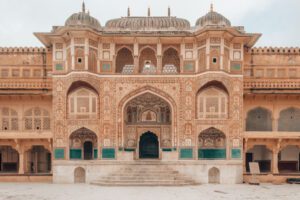
A planned 18th-century walled city, famous for its pink architecture.
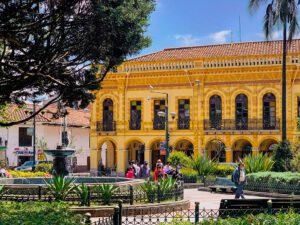
A beautiful Spanish colonial city that shows successful blending of cultures.

A city that combines old and new: modern town planning that incorporates traditional cultural values.
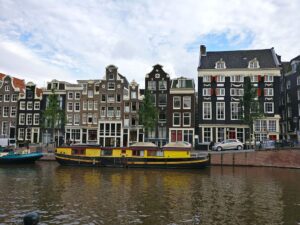
Canals lined with beautiful old patricians’ houses and former warehouses from when the city was a busy port, receiving products from all over the world.